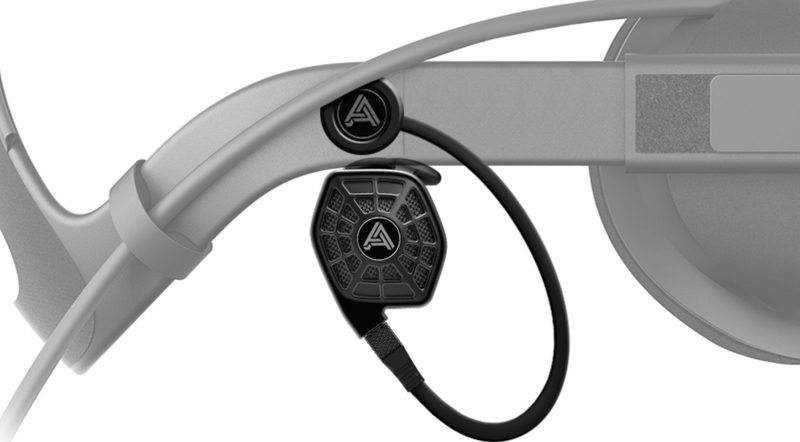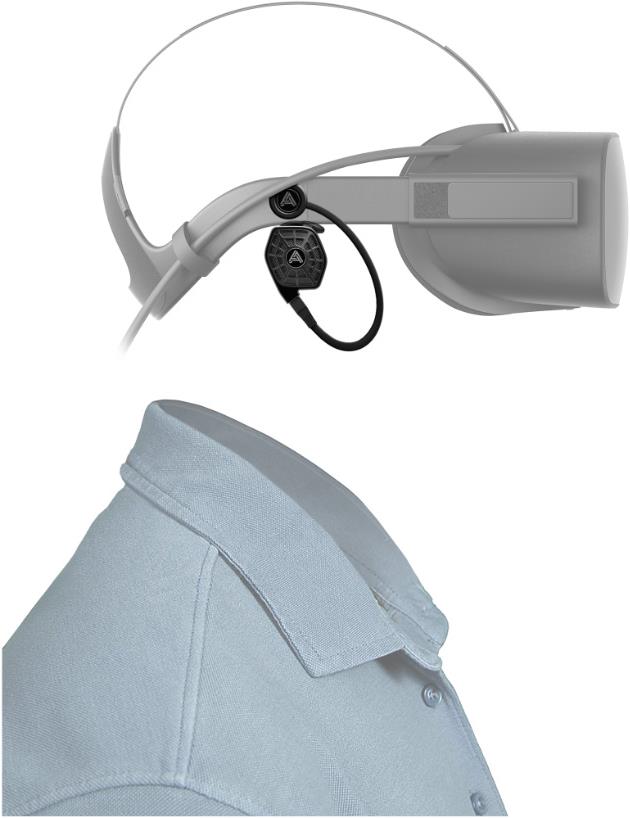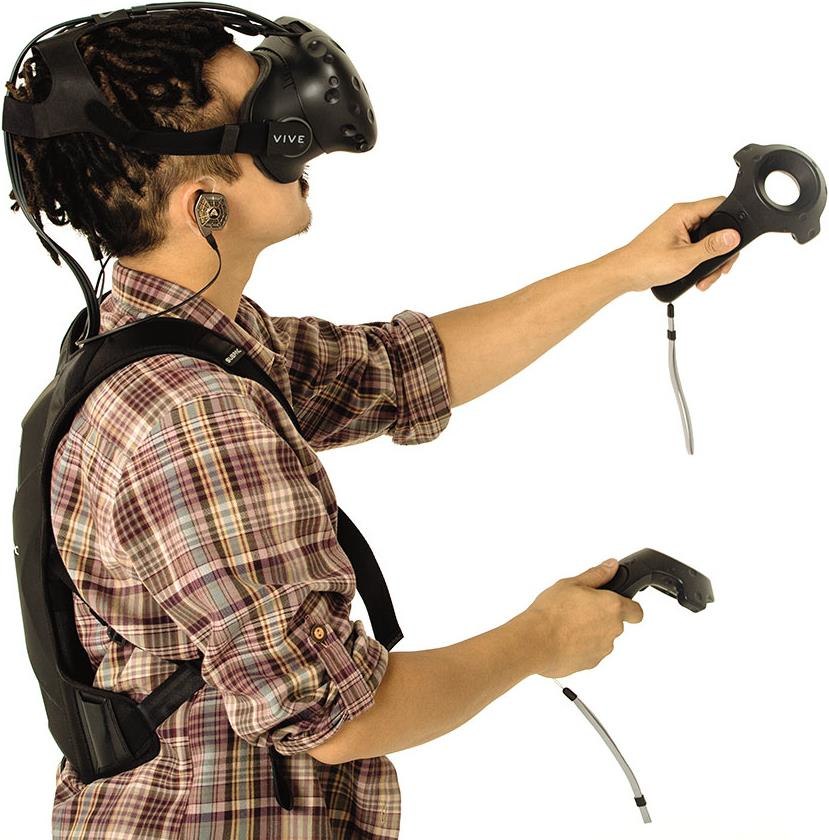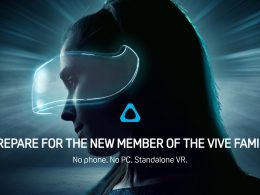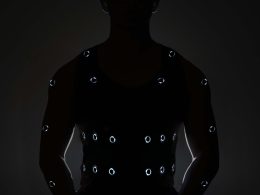The hexagonal 3D sound earplugs of the iSine 10, which cost around 450 Swiss francs, are visually more reminiscent of the chunky seer artefact of the protogonist from "Horizon Zero Dawn" than of conventional in-ear headphones. The Californian company's magnetostatic assistants are supposed to convince with audiophile properties that are perfectly made for the spatial illusion in VR. The US manufacturer Audeze promises a lot in terms of technology. And you notice right away when you try them on for the first time that even better Sennheiser earplugs from the airport kiosk never offer comparable sound quality.
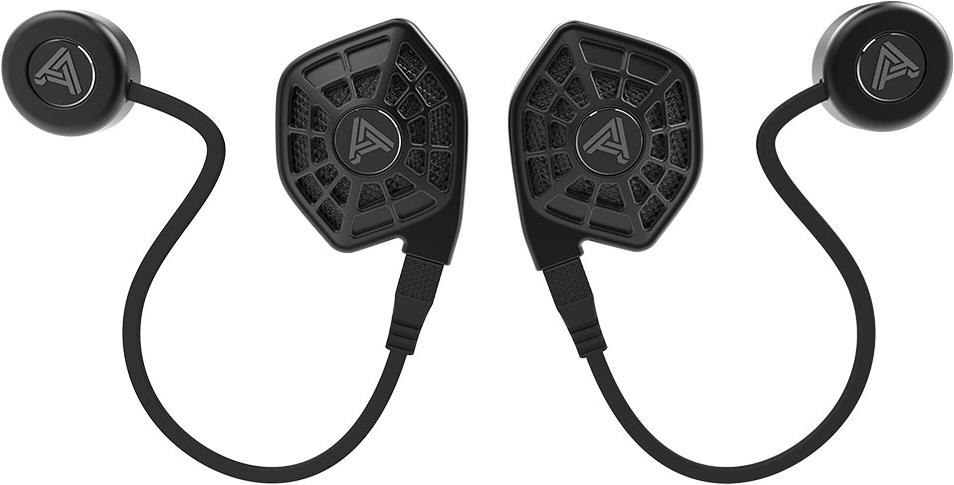
Although the human sense of hearing is not as good as that of dogs or cats, it was already so well-developed in the Stone Age that we perceived every rustle and crackle from the bush very precisely. Otherwise, we would have been overrun by mammoths long ago. That's why the diaphragms of earphones have to be extremely sensitive so that even low levels can still be heard. However, with in-ears you only have a Problem: Without additional bass amplification with noise-cancelling microphones, as found in high-end ear cups, you simply have too little bass. A fallacy?
Why in-ears for VR?
The principle is not new: In contrast to planar headphones with voice coils, Audeze uses conductive foils. The transducer is installed directly underneath the special conductive foils. But there's a reason why Audeze opted for a vented, semi-open design, because with closed systems and completely blocked noise from reality, VR players can sometimes lose their bearings even when sitting down. Audeze still wants to promise an enveloping 360-degree sound experience because the ambient noise still reaches the ears slightly muffled.

Scope of delivery
Practical: The two individually tuned in-ears come with two stabilising rubber earpieces that you put over your ears like a pair of glasses. This makes the iSine VR look like real in-ears, at least to me, and not like Apple's Airpods, which still have something like half an ear stick sticking out of the ears. The VR edition of the iSine 10 does not come with an additional jack or Lightning adapter for smartphones. Instead, the set includes two connectors for the Oculus Rift. The Californian audiophile headphones are docked there directly via the two proprietary connections.
Setting up an HTC Vive or PSVR is no less simple via the standard 3.5 mm connection. So you don't have to take anything apart with the HTC Vive either. The connection cables can be easily plugged into the earpiece housings via a connector. The scope of delivery is rounded off with an attractive transport pouch and Velcro strips for bundling the cables. Several rubber plugs for replacing worn earbuds are of course also included and even an additional card with the signature of an employee certifying the complete contents and quality control.
The wearing comfort
Together with the matching iSine earpieces, the two housings (approx. 12 grams each) sit surprisingly comfortably in the ears. Nevertheless, a longer jack cable should have been included. The supplied cable is only 1.5 metres long. So when I'm standing and playing games, with my height (185 cm), I'm always worried that the PSVR's connector hangs slightly in the air. Will this be good for the signal cables of the VR headset in the long run?
Nevertheless, I enjoy this kind of freedom all at once. Although I'm not a fan of in-ears, I've actually had a few VR accidents with ear-enclosing headphones. For example, if you have the PlayStation VR on and bass-strong earphones like Bose's QuietComfort 35 or Sony's PS4 Platinum headset, you sometimes have to pay a little attention to how you have the audio on. Because if you suddenly get a little scared in a horror adventure game like "Resident Evil 7"If you look up with a jerk, the PSVR may suddenly press more strongly into the eye area due to the "pulling effect" of the clamped earpieces and you will have to readjust everything each time. In addition, sometimes you simply "forget" the headphones when pulling them off. Depending on the ground conditions, such an impact can drastically reduce the lifespan of expensive audio hardware.
The sound
The mids and highs of the iSine VR are very balanced. The bass perception is extremely differentiated. In "Heart of The Emberstone on the HTC Vive, the telekinetic manoeuvres of the magnetic gloves suddenly make you feel like a magical pounder, with very gaudy whammy noises from wave shooters like "ARKTIKA.1" with a decent bass response in the auditory canals. The iSine VR 10's strong bass response is particularly surprising. "Skyrim VR" the surround sound comes across very well. You can hear every rustle and voices from a distance very accurately. In any case, the iSine are close to the sound quality of closed Bose headphones with noise-cancelling microphones. The earplugs are therefore also well suited for longer journeys if, for example, you only want to listen to music or, like me, want to listen to the Gear VR sometimes has in its suitcase to play a bit of VR even in the hotel room.
Technical data
- Driver: planar-magnetic, semi-open
- Driver size: 30 mm
- Magnet type: Neodymium
- Maximum input power: 3 W
- Maximum output power SPL: <120 dB
- Frequency response: 10 Hz - 50kHz
- THD: <0.1% @ 100db
- Impedance: 16 Ohm
The test device was kindly provided to me by the audio specialist shop k55.ch provided.





